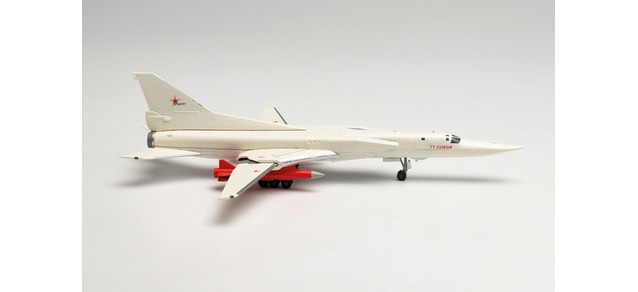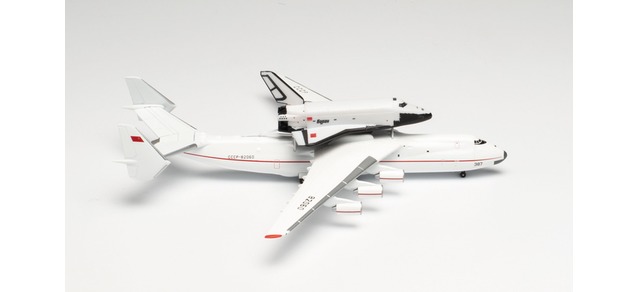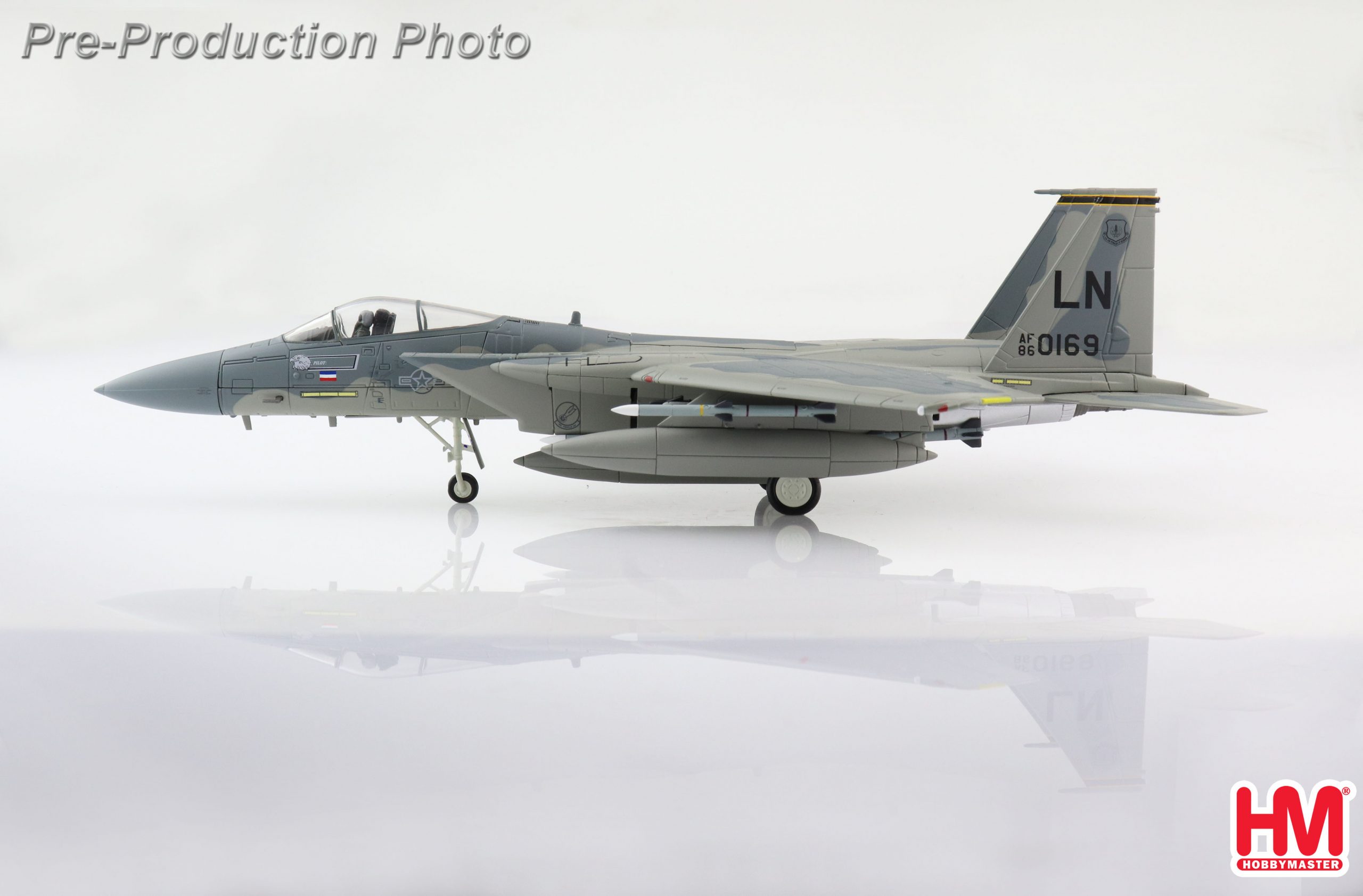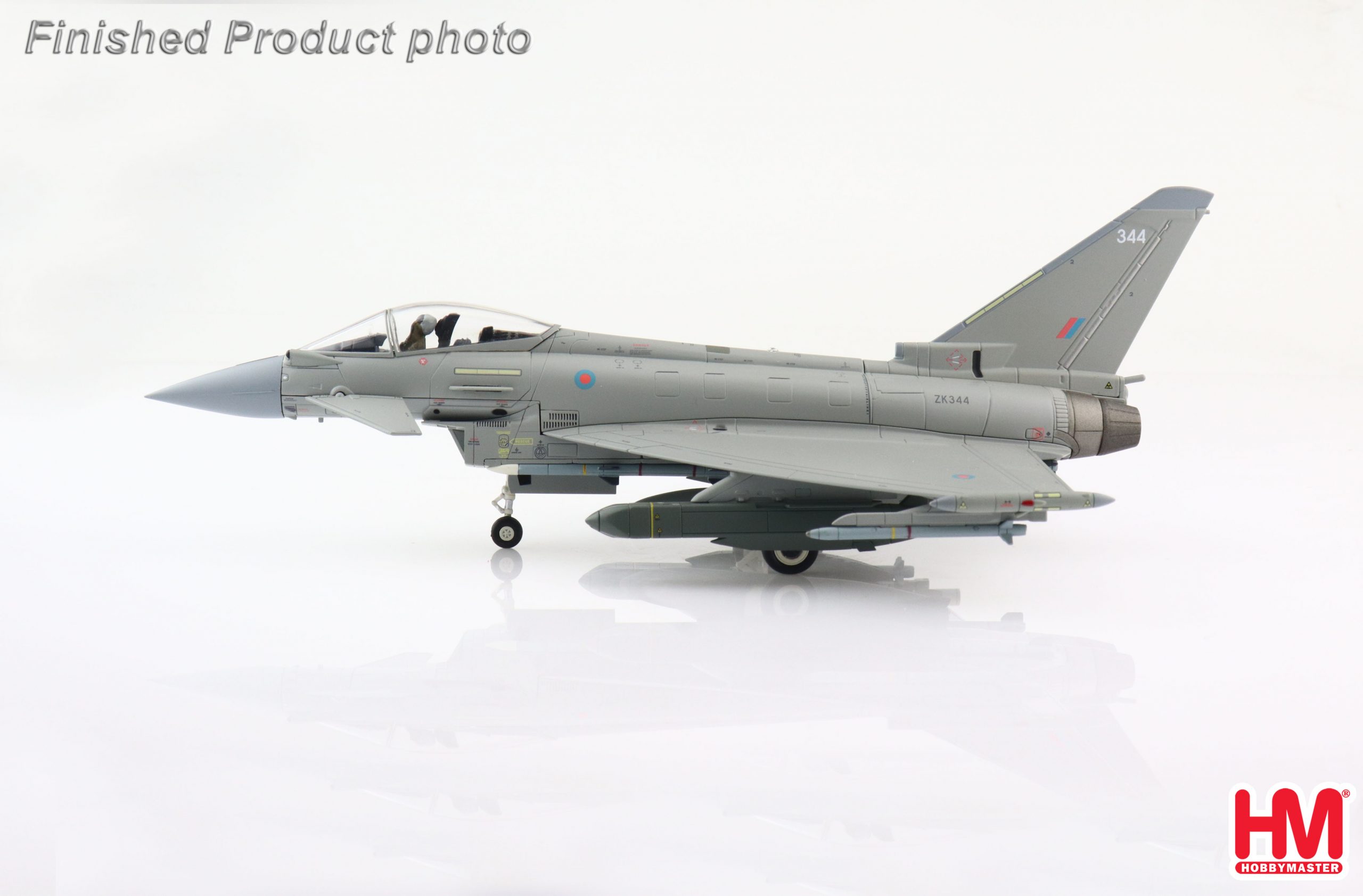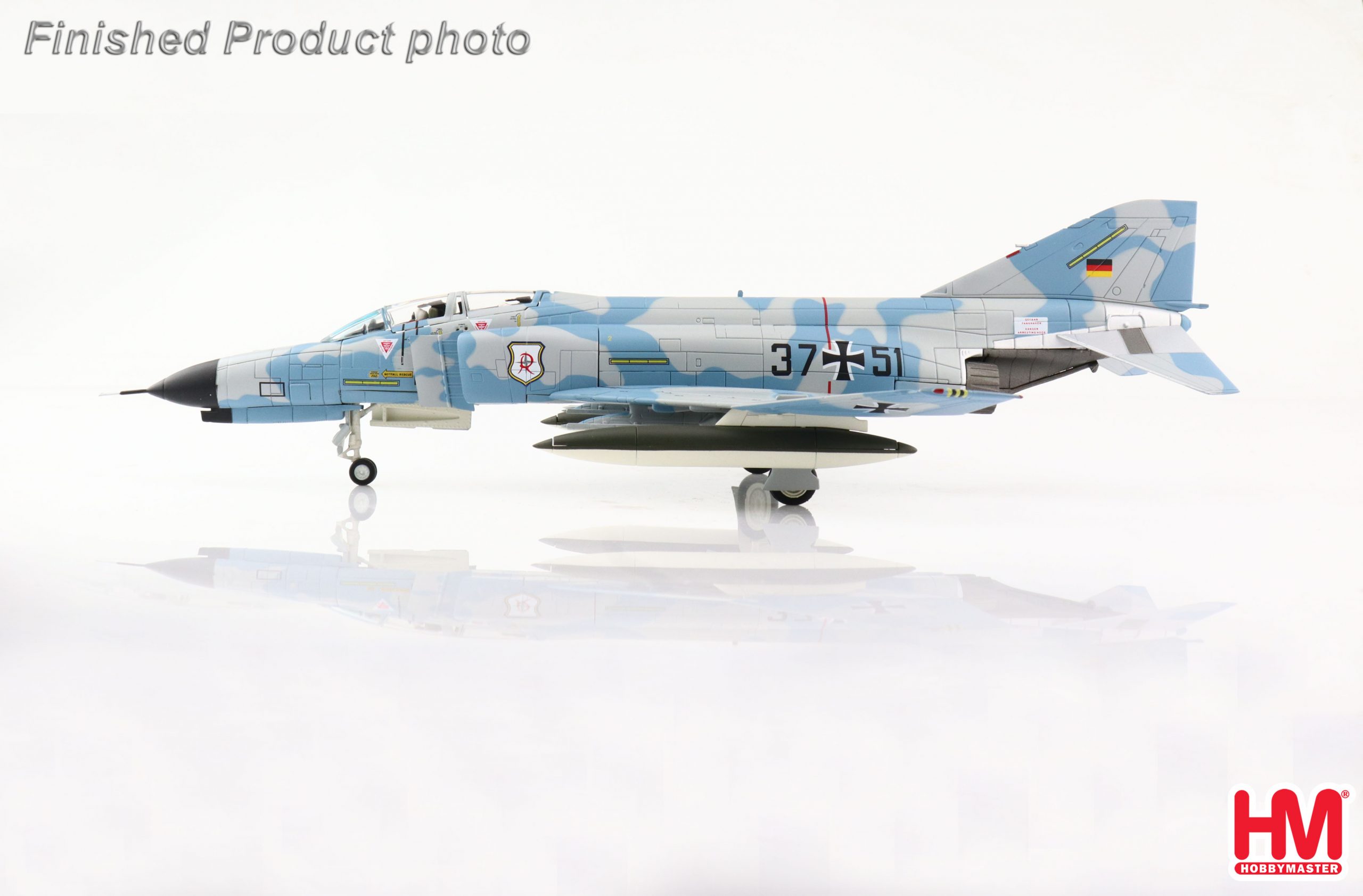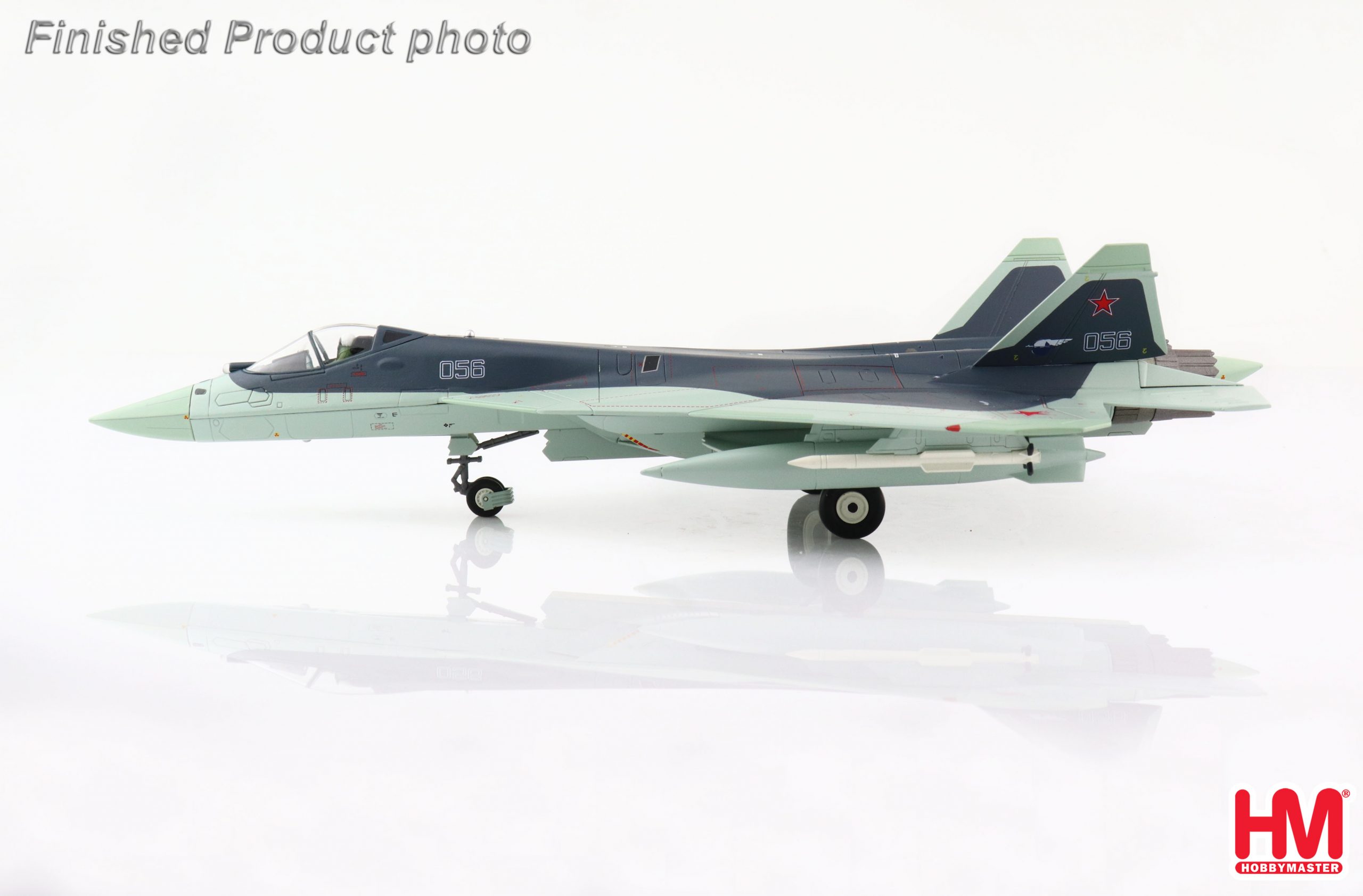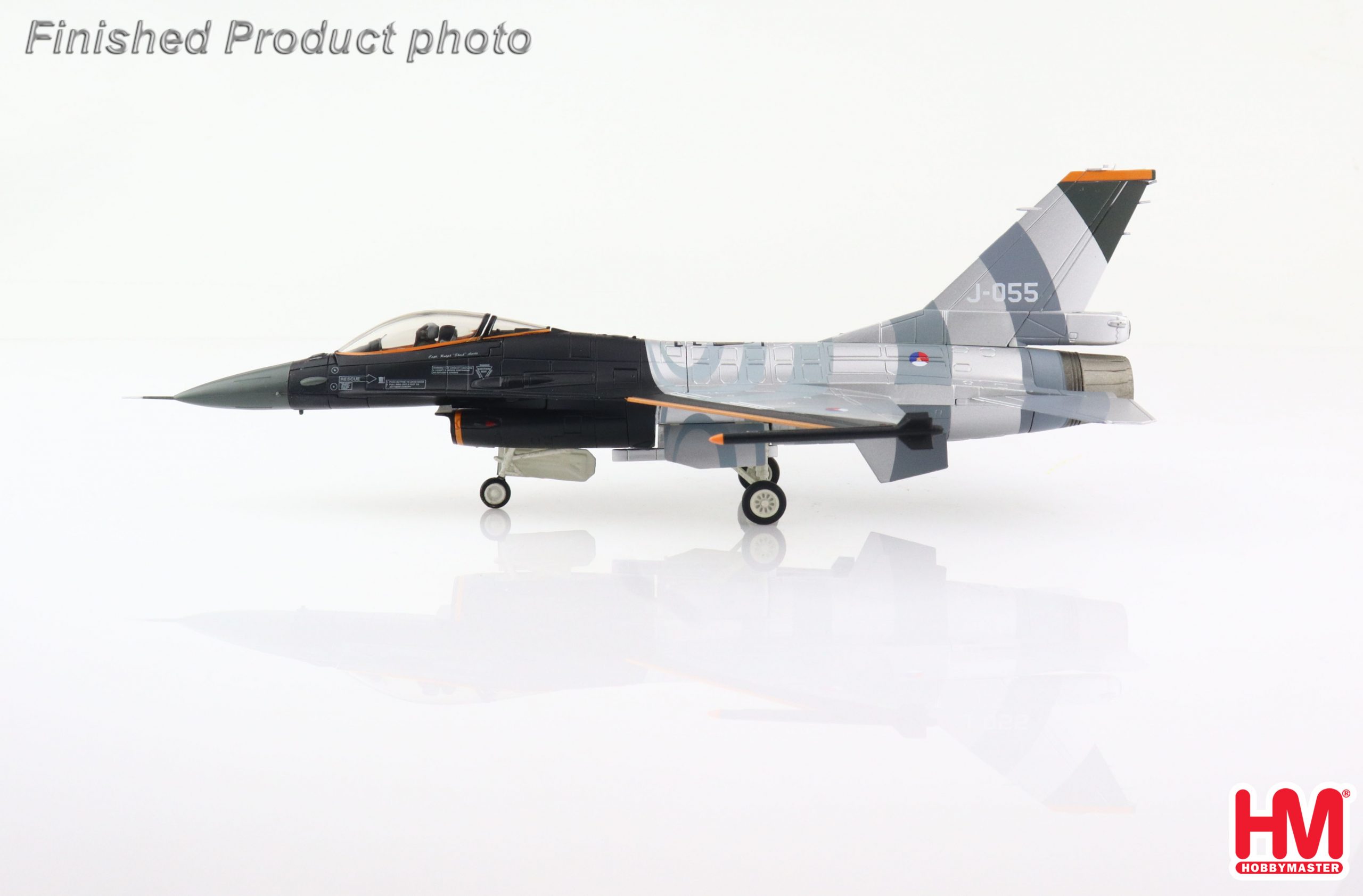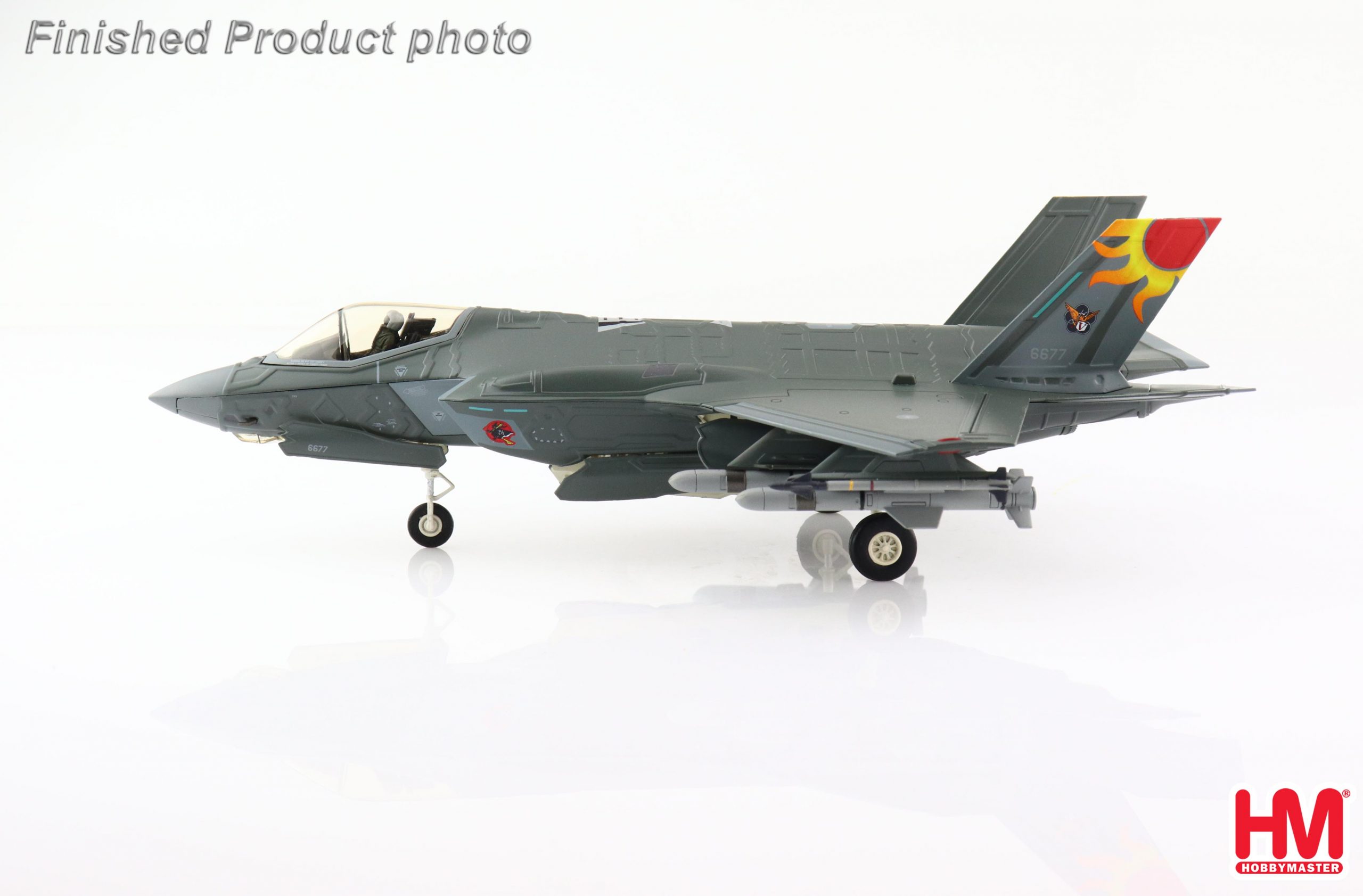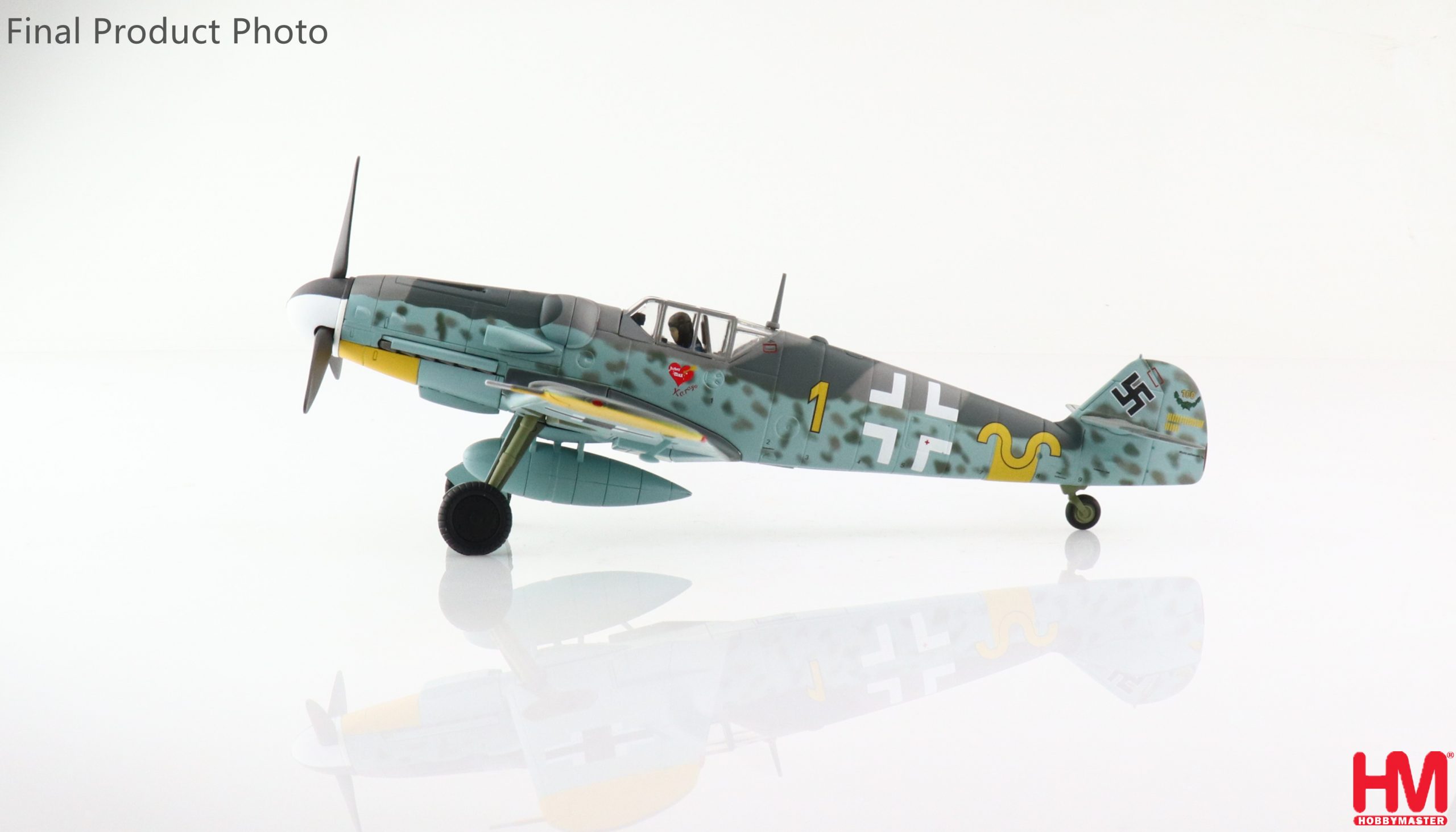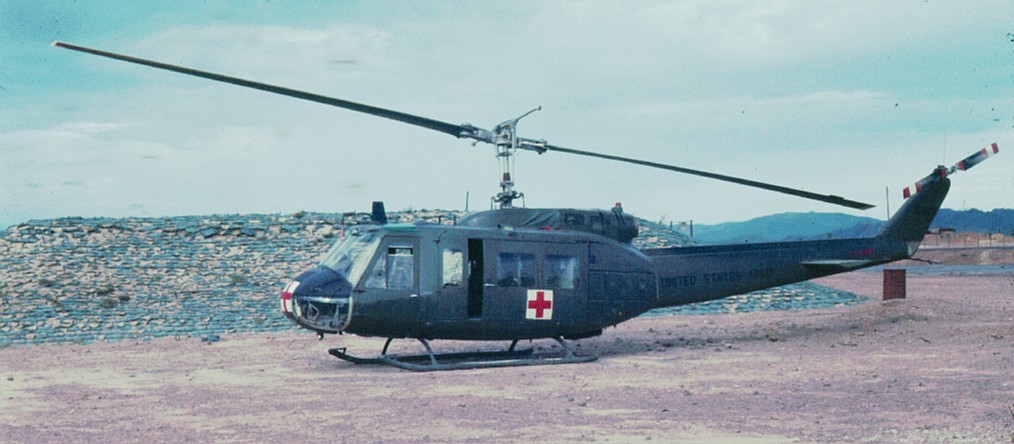
A Bell UH-1H helicopter ambulance, Vietnam, 1968
The Bell UH-1 Iroquois (nicknamed “Huey”) is a utility military helicopter powered by a single turboshaft engine, with two-bladed main and tail rotors. The first member of the prolific Huey family, it was developed by Bell Helicopter to meet a 1952 US Army requirement for a medical evacuation and utility helicopter, and first flew in 1956. The UH-1 was the first turbine-powered helicopter produced for the United States military, and more than 16,000 have been built since 1960.
The Iroquois was originally designated HU-1, hence the Huey nickname, which has remained in common use, despite the official redesignation to UH-1 in 1962. The UH-1 first saw service in combat operations during the Vietnam War, with around 7,000 helicopters deployed. The Bell 204 and 205 are Iroquois versions developed for the civil market.
Development
In 1952, the U.S. Army identified a requirement for a new helicopter to serve as medical evacuation (MEDEVAC), instrument trainer, and general utility aircraft. The Army determined that current helicopters were too large, underpowered, or too complex to maintain easily. In November 1953, revised military requirements were submitted to the Department of the Army. Twenty companies submitted designs in their bid for the contract, including Bell Helicopter with the Model 204 and Kaman Aircraft with a turbine-powered version of the H-43. On 23rd February 1955, the Army announced its decision, selecting Bell to build three copies of the Model 204 for evaluation with the designation XH-40.
Model 204
Powered by a prototype Lycoming YT53-L-1 (LTC1B-1) engine producing 700 shp (520 kW), the XH-40 first flew on 20th October 1956 at Fort Worth, Texas, with Bell’s chief test pilot, Floyd Carlson, at the controls. Two more prototypes were built in 1957, and the Army had previously ordered six YH-40 service test aircraft, even before the first prototype had flown. In March 1960, the Army awarded Bell a production contract for 100 aircraft, which was designated “HU-1A” and officially named Iroquois after the Native American nations.
The helicopter quickly developed a nickname derived from its HU-1 designation, which came to be pronounced as “Huey”. The reference became so popular that Bell began casting the name on the helicopter’s anti-torque pedals. The official U.S. Army name was almost never used in practice. After September 1962, the designation for all models was changed to UH-1 under a unified Department of Defense (DOD) designation system, but the nickname remained.

Bell XH-40, a prototype of the UH-1
While glowing in praise for the helicopter’s advances over piston-engined helicopters, the Army reports from the service tests of the YH-40 found it to be underpowered with the production T53-L-1A powerplant producing a maximum continuous 770 shaft horsepower (570 kilowatts). The Army indicated the need for improved follow-on models even as the first UH-1As were being delivered. In response, Bell proposed the UH-1B, equipped with the Lycoming T53-L-5 engine producing 960 shp (720 kW) and a longer cabin that could accommodate either seven passengers or four stretchers and a medical attendant. Army testing of the UH-1B started in November 1960, with the first production aircraft delivered in March 1961.
Bell commenced development of the UH-1C in 1960 in order to correct aerodynamic deficiencies of the armed UH-1B. Bell fitted the UH-1C with a 1,100 shp (820 kW) T53-L-11 engine to provide the power needed to lift all weapons systems in use or under development. The Army eventually refitted all UH-1B aircraft with the same engine. A new rotor system was developed for the UH-1C to allow higher air speeds and reduce the incidence of retreating blade stall during diving engagements. The improved rotor resulted in better maneuverability and a slight speed increase. The increased power and a larger diameter rotor required Bell’s engineers to design a new tail boom for the UH-1C. The longer tail boom incorporated a wider chord vertical fin on the tail rotor pylon and larger synchronized elevators.
Bell also introduced a dual hydraulic control system for redundancy as well as an improved inlet filter system for the dusty conditions found in southeast Asia. The UH-1C fuel capacity was increased to 242 US gallons (920 liters), and gross weight was raised to 9,500 lb (4,309 kg), giving a nominal useful load of 4,673 lb (2,120 kg). UH-1C production started in June 1966 with a total of 766 aircraft produced, including five for the Royal Australian Navy and five for Norway.
Model 205
While earlier “short-body” Hueys were a success, the Army wanted a version that could carry more troops. Bell’s solution was to stretch the HU-1B fuselage by 41 in (104 cm) and use the extra space to fit four seats next to the transmission, facing out. Seating capacity increased to 15, including crew. The enlarged cabin could also accommodate six stretchers and a medic, two more than the earlier models. In place of the earlier model’s sliding side doors with a single window, larger doors were fitted which had two windows, plus a small hinged panel with an optional window, providing enhanced access to the cabin. The doors and hinged panels were quickly removable, allowing the Huey to be flown in a “doors off” configuration.

Ventura County Sheriff’s Department Air Unit Fire Support Bell HH-1H
The Model 205 prototype flew on 16th August 1961. Seven pre-production/prototype aircraft had been delivered for testing at Edwards AFB starting in March 1961. The 205 was initially equipped with a 44-foot (13.4 m) main rotor and a Lycoming T53-L-9 engine with 1,100 shp (820 kW). The rotor was lengthened to 48 feet (14.6 m) with a chord of 21 in (53 cm). The tailboom was also lengthened, in order to accommodate the longer rotor blades. Altogether, the modifications resulted in a gross weight capacity of 9,500 lb (4,309 kg). The Army ordered production of the 205 in 1963, produced with a T53-L-11 engine for its multi-fuel capability. The prototypes were designated as YUH-1D and the production aircraft was designated as the UH-1D.
In 1966, Bell installed the 1,400 shp (1,000 kW) Lycoming T53-L-13 engine to provide more power for the aircraft. The pitot tube was relocated from the nose to the roof of the cockpit, to prevent damage during landing. Production models in this configuration were designated as the UH-1H.
Marine Corps
In 1962, the United States Marine Corps held a competition to choose an assault support helicopter to replace the Cessna O-1 fixed-wing aircraft and the Kaman OH-43D helicopter. The winner was the UH-1B, which was already in service with the Army. The helicopter was designated the UH-1E and modified to meet Marine requirements. The major changes included the use of all-aluminum construction for corrosion resistance, radios compatible with Marine Corps ground frequencies, a rotor brake for shipboard use to stop the rotor quickly on shutdown and a roof-mounted rescue hoist.
The UH-1E was first flown on 7th October 1963, and deliveries commenced 21st February 1964, with 192 aircraft completed. Due to production line realities at Bell, the UH-1E was produced in two different versions, both with the same UH-1E designation. The first 34 built were essentially UH-1B airframes with the Lycoming T53-L-11 engine producing 1,100 shp (820 kW). When Bell switched production to the UH-1C, the UH-1E production benefited from the same changes. The Marine Corps later upgraded UH-1E engines to the Lycoming T53-L-13, which produced 1,400 shp (1,000 kW), after the Army introduced the UH-1M and upgraded their UH-1C helicopters to the same engine.
Air Force
The United States Air Force’s (USAF) competition for a helicopter to be used for support on missile bases included a specific requirement to mandate the use of the General Electric T58 turboshaft as a powerplant. The Air Force had a large inventory of these engines on hand for its fleet of HH-3 Jolly Green Giant rescue helicopters and using the same engine for both helicopters would save costs. In response, Bell proposed an upgraded version of the 204B with the T58 engine. Because the T58 output shaft is at the rear, and was thus mounted in front of the transmission on the HH-3, it had to have a separate offset gearbox (SDG or speed decreaser gearbox) at the rear, and shafting to couple to the UH-1 transmission.

UH-1C Huey “Easy Rider” 174th Assault Helicopter Company “Sharks”
Twin-engine variants
The single-engine UH-1 variants were followed by the twin-engine UH-1N Twin Huey and years later the UH-1Y Venom. Bell began development of the UH-1N for Canada in 1968. It changed to the more powerful Pratt & Whitney Canada PT6T twin-engine set. The U.S. also ordered the helicopter with the U.S. Air Force receiving it in 1970. Canada’s military, the U.S. Marine Corps, and the U.S. Navy first received the model in 1971.
In 1996, the USMC began the H-1 upgrade program by awarding a contract to Bell Helicopter for developing the improved UH-1Y and AH-1Zs variants. The UH-1Y includes a lengthened cabin, four-blade rotor, and two more powerful GE T700 engines. The UH-1Y entered service with the USMC in 2008.
Design
The UH-1 has a metal fuselage of semi-monocoque construction with tubular landing skids and two rotor blades on the main rotor. Early UH-1 models featured a single Lycoming T53 turboshaft engine in versions with power ratings from 700 shp (522 kW) to 1,400 shp (1,040 kW). Later UH-1 and related models featured twin engines and four-blade rotors.
All aircraft in the UH-1 family have similar construction. The UH-1H is the most-produced version, and is representative of all types. The main structure consists of two longitudinal main beams that run under the passenger cabin to the nose and back to the tail boom attachment point. The main beams are separated by transverse bulkheads and provide the supporting structure for the cabin, landing gear, under-floor fuel tanks, transmission, engine and tail boom. The main beams are joined at the lift beam, a short aluminum girder structure that is attached to the transmission via a lift link on the top and the cargo hook on the bottom and is located at the aircraft’s center of gravity. The lift beams were changed to steel later in the UH-1H’s life, due to cracking on high-time airframes. The semi-monocoque tail boom attaches to the fuselage with four bolts.
The UH-1H’s dynamic components include the engine, transmission, rotor mast, main rotor blades, tail rotor driveshaft, and the 42-degree and 90-degree gearboxes. The transmission is of a planetary type and reduces the engine’s output to 324 rpm at the main rotor. The two-bladed, semi-rigid rotor design, with pre-coned and underslung blades, is a development of early Bell model designs, such as the Bell 47 with which it shares common design features, including a damped stabilizer bar. The two-bladed system reduces storage space required for the aircraft, but at a cost of higher vibration levels. The two-bladed design is also responsible for the characteristic ‘Huey thump’ when the aircraft is in flight, which is particularly evident during descent and in turning flight. The tail rotor is driven from the main transmission, via the two directional gearboxes which provide a tail rotor speed approximately six times that of the main rotor to increase tail rotor effectiveness.
The UH-1H also features a synchronized elevator on the tail boom, which is linked to the cyclic control and allows a wider center of gravity range. The standard fuel system consists of five interconnected fuel tanks, three of which are mounted behind the transmission and two of which are under the cabin floor. The landing gear consists of two arched cross tubes joining the skid tubes. The skids have replaceable sacrificial skid shoes to prevent wear of the skid tubes themselves. Skis and inflatable floats may be fitted.

Typical armament for UH-1 gunship
Internal seating is made up of two pilot seats and additional seating for up to 13 passengers or crew in the cabin. The maximum seating arrangement consists of a four-man bench seat facing rearwards behind the pilot seats, facing a five-man bench seat in front of the transmission structure, with two, two-man bench seats facing outwards from the transmission structure on either side of the aircraft. All passenger seats are constructed of aluminum tube frames with canvas material seats, and are quickly removable and reconfigurable. The cabin may also be configured with up to six stretchers, an internal rescue hoist, auxiliary fuel tanks, spotlights, or many other mission kits. Access to the cabin is via two aft-sliding doors and two small, forward-hinged panels. The doors and hinged panels may be removed for flight or the doors may be pinned open. Pilot access is via individual hinged doors.
While the five main fuel tanks are self-sealing, the UH-1H was not equipped with factory armor, although armored pilot seats were available.
The UH-1H’s dual controls are conventional for a helicopter and consist of a single hydraulic system boosting the cyclic stick, collective lever and anti-torque pedals. The collective levers have integral throttles, although these are not used to control rotor rpm, which is automatically governed, but are used for starting and shutting down the engine. The cyclic and collective control the main rotor pitch through push-pull tube linkages to the swashplate, while the anti-torque pedals change the pitch of the tail rotor via a tensioned cable arrangement. Some UH-1Hs have been modified to replace the tail rotor control cables with push-pull tubes similar to the UH-1N Twin Huey.
Operational history
U.S. Army
The HU-1A (later redesignated UH-1A) first entered service with the 101st Airborne Division at Fort Campbell, Kentucky, the 82nd Airborne Division, and the 57th Medical Detachment. Although intended for evaluation only, the Army quickly pressed the new helicopter into operational service, and Hueys with the 57th Medical Detachment arrived in Vietnam in March 1962. The UH-1 has long been a symbol of US involvement in Southeast Asia in general and Vietnam in particular, and as a result of that conflict, has become one of the world’s most recognized helicopters. In Vietnam primary missions included general support, air assault, cargo transport, aeromedical evacuation, search and rescue, electronic warfare, and later, ground attack. During the conflict, the craft was upgraded, notably to a larger version based on the Model 205. This version was initially designated the UH-1D and flew operationally from 1963.

A rifle squad from the 1st Squadron, 9th Cavalry exiting from a UH-1D.
During service in the Vietnam War, the UH-1 was used for various purposes and various terms for each task abounded. UH-1s tasked with ground attack or armed escort were outfitted with rocket launchers, grenade launchers, and machine guns. As early as 1962, UH-1s were modified locally by the companies themselves, who fabricated their own mounting systems. These gunship UH-1s were commonly referred to as “Frogs” or “Hogs” if they carried rockets, and “Cobras” or simply “Guns” if they had guns. UH-1s tasked and configured for troop transport were often called “Slicks” due to an absence of weapons pods. Slicks did have door gunners, but were generally employed in the troop transport and medevac roles.
UH-1s also flew “hunter-killer” teams with observation helicopters, namely the Bell OH-58A Kiowa and the Hughes OH-6 Cayuse (Loach). Towards the end of the conflict, the UH-1 was tested with TOW missiles, and two UH-1B helicopters equipped with the XM26 Armament Subsystem were deployed to help counter the 1972 Easter Invasion. USAF Lieutenant James P. Fleming piloted a UH-1F on a 26th November 1968 mission that earned him the Medal of Honor.

UH-1Ds airlift members of the 2nd Battalion, 14th Infantry Regiment from the Filhol Rubber Plantation area to a staging area in 1966.
During the course of the war, the UH-1 went through several upgrades. The UH-1A, B, and C models (short fuselage, Bell 204) and the UH-1D and H models (stretched-fuselage, Bell 205) each had improved performance and load-carrying capabilities. The UH-1B and C performed the gunship, and some of the transport, duties in the early years of the Vietnam War. UH-1B/C gunships were replaced by the new AH-1 Cobra attack helicopter from 1967 to late 1968. The increasing intensity and sophistication of NVA anti-aircraft defenses made continued use of UH-1 gunships impractical, and after Vietnam the Cobra was adopted as the Army’s main attack helicopter. Devotees of the UH-1 in the gunship role cite its ability to act as an impromptu Dustoff if the need arose, as well as the superior observational capabilities of the larger Huey cockpit, which allowed return fire from door gunners to the rear and sides of the aircraft. In air cavalry troops (i.e., companies) UH-1s were combined with infantry scouts, OH-6 and OH-58 aero-scout helicopters, and AH-1 attack helicopters to form several color-coded teams (viz., blue, white, red, purple, and pink) to perform various reconnaissance, security, and “economy of force” missions in fulfilling the traditional cavalry battlefield role.
The Army tested a great variety of experimental weapons on the UH-1; nearly anything that could be carried. The Army desired weapons with large calibers and high rates of fire, which led to the testing of a 20 mm cannon on a large mount bolted to the cabin floor. The size of the weapon allowed very little room for movement. The Army further tested a full-size Vulcan cannon firing out the door of a UH-1. It was capable of firing 2400 rounds per minute, or about 40 rounds per second. Despite this being a significant reduction from the nearly 100 rounds per second fired by a standard Vulcan cannon, the installation proved “too kinetic” for the UH-1. Podded versions of the M24 20 mm cannon were tested in combat over Vietnam. There was a wide variety of 7.62 mm automatic weapons tested, including different installations of the M60 machine gun. AS-10 and SS-11 missiles were tested in several different configurations. High-capacity rocket launchers were also tested, such as the XM3 launcher, which had 24 launching tubes. Press photos were taken with the XM5 and XM3 installed on the same aircraft, but this arrangement could not be used because it was more than the gross take-off weight of the aircraft.

Two UH-1B gunships from HAL-3 “Seawolf” sit on the deck of USS Garrett County in Mekong Delta, South Vietnam.
During the 1972 Easter offensive by North Vietnam, experimental models of the TOW-firing XM26 were taken out of storage and sent to South Vietnam to help stop the onslaught. The pilots had never fired a TOW missile before, and were given just crash courses. Despite having little training with the units, the pilots managed to hit targets with 151 of the 162 missiles fired in combat, including a pair of tanks. The airborne TOW launchers were known as “Hawks Claws” and were based at Camp Holloway. During the war 7,013 UH-1s served in Vietnam and of these 3,305 were destroyed. In total 1,074 pilots were killed, along with 1,103 other crew members.
The US Army phased out the UH-1 with the introduction of the UH-60 Black Hawk, although the Army UH-1 Residual Fleet had around 700 UH-1s that were to be retained until 2015, primarily in support of Army Aviation training at Fort Rucker and in selected Army National Guard units. Army support for the craft was intended to end in 2004. The UH-1 was retired from active Army service in 2005. In 2009, Army National Guard retirements of the UH-1 accelerated with the introduction of the UH-72 Lakota. The final UH-1 was retired in 2016.
U.S. Air Force
In October 1965, the United States Air Force (USAF) 20th Helicopter Squadron was formed at Tan Son Nhut Air Base in South Vietnam, equipped initially with CH-3C helicopters. By June 1967 the UH-1F and UH-1P were also added to the unit’s inventory, and by the end of the year the entire unit had shifted from Tan Son Nhut to Nakhon Phanom Royal Thai Air Force Base, with the CH-3s transferring to the 21st Helicopter Squadron. On 1st August 1968, the unit was redesignated the 20th Special Operations Squadron. The 20th SOS’s UH-1s were known as the Green Hornets, stemming from their color, a primarily green two-tone camouflage (green and tan) was carried, and radio call-sign “Hornet”. The main role of these helicopters were to insert and extract reconnaissance teams, provide cover for such operations, conduct psychological warfare, and other support roles for covert operations especially in Laos and Cambodia during the so-called Secret War.
USAF UH-1s were often equipped with automatic grenade launchers in place of the door guns. The XM-94 grenade launcher had been tested on Army aircraft before being used by the USAF. The unit was capable of firing 400 grenades per minute, up to 1,500 yards effective range.

Republic of Vietnam Air Force (VNAF) UH-1H lands during a combat mission in Southeast Asia in 1970
Today, the USAF uses the UH-1N for support of intercontinental ballistic missile sites, including transport of security personnel and distinguished visitors. On 24th September 2018, the USAF announced that the Boeing/Leonardo MH-139 (an AW-139 variant) had won a competition to replace the UH-1Ns.
U.S. Navy
The US Navy began acquiring UH-1B helicopters from the Army and these aircraft were modified into gunships with special gun mounts and radar altimeters and were known as Seawolves in service with Navy Helicopter Attack (Light) (HA(L)-3). UH-1C helicopters were also acquired in the 1970s. The Seawolves worked as a team with Navy river patrol operations.
Four years after the disestablishment of HA(L)-3, the Navy determined that it still had a need for gunships, establishing two new Naval Reserve Helicopter Attack (Light) Squadrons as part of the newly formed Commander, Helicopter Wing Reserve (COMHELWINGRES) in 1976. Helicopter Attack Squadron (Light) Five (HA(L)-5), nicknamed the “Blue Hawks”, was established at Naval Air Station Point Mugu, California on 11th June 1977 and its sister squadron, Helicopter Attack Squadron (Light) Four (HA(L)-4), known as the Red Wolves, was formed at Naval Air Station Norfolk, Virginia on 1st July 1976.
Operation Enduring Freedom
UH-1Hs were used by the American Drug Enforcement Administration (DEA) in counter-narcotics raids during the War in Afghanistan. Operated by contractors, these Hueys provide transportation, surveillance, and air support for DEA FAST teams. Four UH-1Hs and two Mi-17s were used in a raid in July 2009 which led to the arrest of an Afghan Border Police commander.
Argentina
Nine Argentine Army Aviation UH-1Hs and two Argentine Air Force Bell 212 were included with the aircraft deployed during the Falklands War. They performed general transport and SAR missions and were based at Port Stanley (BAM Puerto Argentino). Two of the Hueys were destroyed and, after the hostilities had ended, the balance were captured by the British. Three captured aircraft survive as museum pieces in England and Falklands.

UH-1Hs at Port Stanley Airport. These were transported to the islands by C-130H Hercules and did not have their rotors reattached yet.
Australia
The Royal Australian Air Force employed the UH-1H until 1989. Iroquois helicopters of No. 9 Squadron RAAF were deployed to South Vietnam in mid 1966 in support of the 1st Australian Task Force. In this role they were armed with single M60 doorguns. In 1969 four of No. 9 Squadron’s helicopters were converted to gunships (known as ‘Bushrangers’), armed with two fixed forward firing M134 7.62 mm minigun (one each side) and a 7-round rocket pod on each side. Aircrew were armed with twin M60 flexible mounts in each door. UH-1 helicopters were used in many roles including troop transport, medevac and Bushranger gunships for armed support. No. 35 Squadron and No. 5 Squadron also operated the Iroquois in various roles through the 1970s and 1980s. Between 1982 and 1986, the squadron contributed aircraft and aircrew to the Australian helicopter detachment which formed part of the Multinational Force and Observers peacekeeping force in the Sinai Peninsula, Egypt. In 1988 the RAAF began to re-equip with S-70A Blackhawks.

A 9th Sqn UH-1D in Vietnam, 1970
In 1989 and 1990 the RAAF’s UH-1H Iroquois were subsequently transferred to the 171st Aviation Squadron in Darwin, Northern Territory and the 5th Aviation Regiment based in Townsville, Queensland following the decision that all battlefield helicopters would be operated by the Australian Army. On 21st September 2007, the Australian Army retired the last of their Bell UH-1s. The last flight occurred in Brisbane on that day with the aircraft replaced by MRH-90 medium helicopters and Tiger armed reconnaissance helicopters.
The Royal Australian Navy’s 723 Squadron also operated seven UH-1B from 1964 to 1989, with three of these aircraft lost in accidents during that time. 723 Squadron deployed Iroquois aircraft and personnel as part of the Experimental Military Unit during the Vietnam War.

An Royal Australian Navy (RAN) UH-1B pole-mounted at Nowra
El Salvador
UH-1s were operated by El Salvador Air Force, being at its time the biggest and most experienced combat helicopter force in Central and South America, fighting during 10 years and being trained by US Army in tactics developed during the Vietnam War. UH-1M and UH-1H helicopters used by El Salvador were modified to carry bombs instead of rocket pods.
Germany
Dornier built 352 UH-1Ds under license from 1967 to 1981 for the German military (Bundeswehr). These saw service with the German Army and German Air Force as light utility helicopters and as search and rescue (SAR) helicopters, with the last ones retired on 12 April 2021.

German UH-1D
Israel
Israel withdrew its UH-1s from service in 2002, after thirty three years of service. They were replaced by Sikorsky UH-60 Blackhawk helicopters beginning with an initial batch of 10 delivered in 1994. While some were passed on to pro-Israeli militias in Lebanon, eleven other UH-1Ds were reportedly sold to a Singapore-based logging company but were, instead, delivered in October 1978 to the Rhodesian Air Force to skirt the UN endorsed embargo imposed during the Rhodesian Bush War.
Japan
Two UH-1s were deployed to Pakistan for earthquake disaster relief in 2005.[52] In 2010 after floods in Pakistan UH-1s were again deployed to the country to aid in disaster relief.
UH-1s of the Japan Ground Self-Defense Force were deployed for disaster relief after the 2011 Tōhoku earthquake and tsunami, and also conducted reconnaissance over the stricken Fukushima Daiichi Nuclear Power Plant.

A JGSDF Bell-Fuji UH-1H conducting Kashmir earthquake relief activities (2005)
The aircraft are also used to conduct water bombing against fires.
Lebanon
During the Battle of Nahr el-Bared camp in North Lebanon, the Lebanese army, lacking fixed-wing aircraft, modified the UH-1H to carry 500 lb (227 kg) Mark 82 bombs to strike militant positions, i.e. helicopter bombing. Special mounts engineered by the Lebanese army were added to the sides of each Huey to carry the high explosive bombs.
New Zealand
The Royal New Zealand Air Force had an active fleet of 13 Iroquois serving with No. 3 Squadron RNZAF. The first delivery was five UH-1D in 1966 followed in 1970 by nine UH-1H and one more UH-1H in 1976. All of the UH-1D aircraft were upgraded to 1H specification during the 1970s. Two ex-U.S. Army UH-1H attrition airframes were purchased in 1996. Three aircraft have been lost in accidents.

A Royal New Zealand Air Force No. 3 Squadron UH-1H Iroquois, November 2009
The RNZAF has retired the Iroquois, with the NHIndustries NH90 as its replacement. Eight active NH90 helicopters plus one spare have been procured. This process was initially expected to be completed by the end of 2013, but was delayed until 2016. Individual aircraft were retired as they reach their next major ‘group’ servicing intervals; the UH-1H was retired as the NH90 fleet stood up. On 21st May 2015, the remaining UH-1H fleet of six helicopters conducted a final tour of the country ahead of its planned retirement on 1st July. During 49 years of service the type had seen service in areas including the U.K., Southeast Asia, Timor, the Solomon Islands, various South Pacific nations, and the Antarctic.
Philippines
The Philippine Air Force (PAF) has a long history of acquiring United States Air Force assets, including Bell UH-1 helicopter. Francis Ford Coppola filmed Apocalypse Now in the Philippines primarily because President Ferdinand Marcos agreed to let Coppola use Philippine Hueys to film the iconic scene with Robert Duvall as Lt. Colonel Kilgore.
In 2013, the PAF was pursuing the acquisition of 21 additional UH-1H helicopters. Despite previous reports to acquire UH-1H variant, the UH-1D variant was delivered. Of the 21 UH-1D Huey helicopters agreed on the contract, only 13 were delivered and accepted before the termination of the contract due to delays in delivery.

Philippine Air Force Airmen with the 6th SOS unit of the USAF during a bilateral exercise
As of January 2021, the PAF has 13 UH-1H and 10 UH-1D helicopters that are operational. More than 12 non-operational UH-1 airframes are in storage, in need of spare parts and maintenance.
On 23rd January 2021 President Rodrigo Duterte announced a plan to retire all the remaining PAF UH-1 helicopters due to a series of crashes involving the type. The latest crash occurred on 16th January 2021, killing seven passengers and prompting the grounding of all Hueys for further inspection.
Rhodesia
Very late in the Rhodesian Bush War the Rhodesian Air Force obtained 11 former Israeli Agusta-Bell 205As, known in service as Cheetahs. After much work these then formed No. 8 Sqn Rhodesian Air Force and took part as troop transports in the counter-insurgency fight. One was lost in combat in September 1979, when hit in Mozambique by a RPG. At least another three were lost. The survivors were put up for sale in 1990.
Yemen
In July 2009, Yemen received four UH-1Hs. These remained grounded for almost all the time they were in Yemen; at least one helicopter was heavily damaged during Saudi-led airstrikes on Al Daylami and Al Anad Air bases.

UH-1C Huey “Easy Rider” 174th Assault Helicopter Company “Sharks”
Hobbymaster 1/72nd scale “Hueys” available from Flying Tigers.
Check out the latest 1/72nd scale Hobbymaster 1/72nd scale Hueys available to pre-order from Flying Tigers. Please click on the images or links below to go to the model pages to order your now.
Iroquois 582081 was manufactured as a UH-1A at the Bell Helicopter Fort Worth, Texas facility and was delivered to the U.S. Army in 1962. The 57th Medical Detachment was the first helicopter medical evacuation unit in Vietnam arriving April 1962 and assumed the name “The Originals”. 58-2093 was assigned to the 57th MD. In September 1962 the UH-1A was re-designated UH-1B. The unit call sign was “Dust Off” and breaking with the usual procedures that changed the calls sign periodically the 57th was permitted to make it their permanent call sign.
In June 1966 the 174th (Sharks) Assault Helicopter Company asked the WWII Flying Tigers for permission to use their shark-mouth paint scheme and it was granted. UH-1C 66-15045 received the shark-mouth as well as the name Easy Rider, after the movie of the same name. On November 23, 1970 while flying an overnight mission, at low altitudes and in a mist the tail rotor struck trees which brought the copter down. Everyone on board survived. In 1971 the 174th ceased operations in Vietnam. Later UH-1M 66-15242 assumed the name Easy Rider.
Corgi Aviation Archive new model arrivals this week.
Check out the new tooling from Corgi Aviation Archive… 1/72nd scale Bristol Beaufort which has just arrived at Flying Tigers. Pre-orders are being dispatched ASAP and will be with you shortly. This model has sold out at pre-order stage, but it might reappear with a few available soon , as I am waiting for replies from half a dozen customers whom I have not been able to contact to confirm their orders and payment. If I am unsuccessful these orders wil be cancelled and the models will be made available on the website.
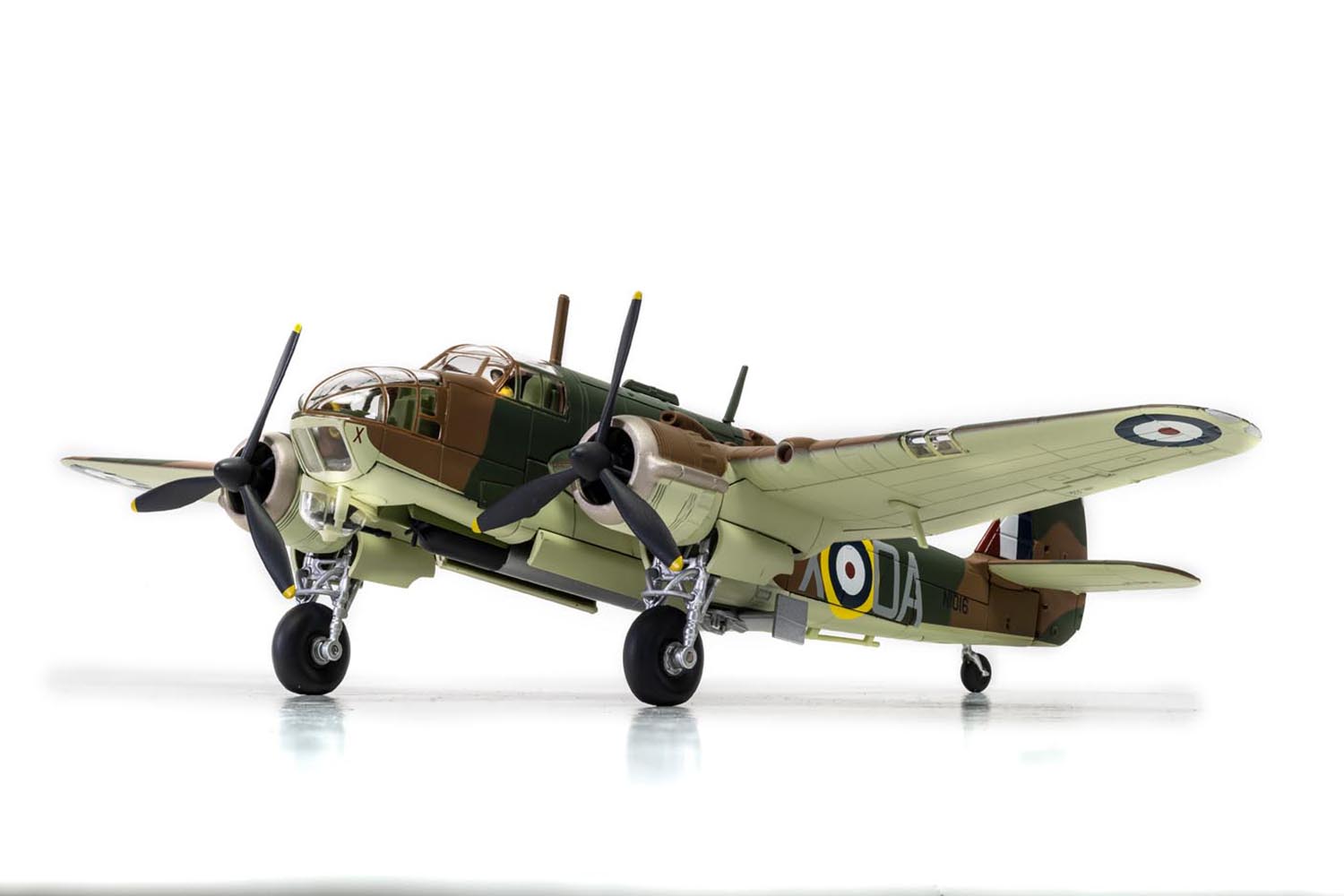
Corgi Aviation Archive 1/72nd scale Bristol Beaufort Mk1 N1016 (OA-X), F/O Kenneth Campbell VC RAF St. Eval 1941 RRP £85.00 Flying Tigers only £75.99
As an Island nation, the protection of Britain’s sea lanes during the Second World War was a crucial battle which had to be won. Throughout the first few months of conflict, the German capital ship Gneisenau and her sister vessel Scharnhorst were posing a serious raiding threat and on receiving news that the ships had entered Brest harbour to undergo repairs in late March 1941, the RAF immediately planned raids intended to destroy, or at least damage the ships. On Sunday 6th April 1941, Bristol Beaufort Mk.I N1016 (OA-X) took off from RAF St. Eval in Cornwall and headed for a rallying point off the coast of France, close to the entrance to the harbour. Even though the weather was poor, they were surprised to find that they were the only aircraft to make it and with radio silence crucial to the success of the mission, the crew faced the decision whether to press on with their attack alone, or return to base. Although the odds were seriously stacked against them, they turned towards the heavily defended harbour and began their attack run, descending to almost wavetop height. Pilot Flying Officer Kenneth Campbell, expertly lined up his Beaufort for the optimum attack angle, passing so close to enemy shore batteries that they could hardly fail to hit their target, but only releasing the single torpedo when he was sure it would strike the warship.
Almost hitting the mast of the ship as the aircraft pulled away in a violent, banking turn, the Beaufort exposed its undersurfaces to the anti-aircraft gunners, who raked it with everything they had. Having sustained heavy damage during its attack run against Gneisenau, Bristol Beaufort N1016 crashed into the harbour almost immediately, tragically claiming the lives of all souls on board. Unbeknown to them, their attack had successful and the torpedo had blown a huge hole under the waterline of Gneisenau, causing it to return to the dry dock from where it had only just emerged, in need of further repairs. It would be out of commission for almost six months following the attack and it is impossible to gauge how many lives were saved and how much vital cargo reached its destination as a result of the heroic actions of this single Beaufort crew. Launching their attack alone, the selfless actions of Flying Officer Kenneth Campbell and his crew would have probably gone unheralded had it not been for the intervention of the French resistance. Sending a report on the condition of the German battleship back to British authorities, they also described the actions of this brave Beaufort crew and how they had paid the ultimate price whilst heroically performing their duty. For displaying valour in the face of extreme peril and without regard for his own safety, Flying Officer Kenneth Campbell was posthumously awarded the Victoria Cross, Britain’s highest award for valour in the presence of the enemy, an honour he would surely have gladly shared with the rest of his crew.
Queen Elizabeth-class aircraft carriers are the largest and most advanced warships ever built for the royal navy. They will be known as the U.K’s flagships as they embark on many vital global deployments over the next 50 years.
HMS Queen Elizabeth has already been accepted to the fleet, while HMS Prince of Wales has just been commissioned. She is the largest and most powerful vessel ever constructed for the Royal Navy. This awe-inspiring warship can carry up to 40 aircraft.
As well as state-of-the-art weaponry and communications systems, HMS Queen Elizabeth boasts five gyms, a chapel and a medical centre. The flight deck of the HMS Queen Elizabeth comes in at an enormous four acres and will be used to launch the fearsome new F-35 Lightning II Joint Strike Fighter. Four of these awesome fighter jets can be moved from the hangar to the flight deck in just one minute. The ship’s two propellors weigh 33 tonnes each. The powerplant behind them generates enough power to run 1,000 family cars.
These carriers are 280 metres long, displace 65,000 tonnes in weight and have a top speed of over 25 knots. Carrying a crew of between 700 and 1,600 (when all 36 F-35s are on board, these mighty ships also will carry 4 Merlin Helicopters. Six U.K shipyards were involved in the construction and during this, 250,000 kilometres of electrical cable was installed on each one!
Herpa New Model Announcements.
Check out the latest Herpa models which are now available to pre-order at Flying Tigers today.
Don’t forget NO DEPOSIT necessary with Flying Tigers and if you order with your debit or credit card your payment is not taken until your model is available to dispatch.
Flying Tigers will also consolidate your orders to save on postage costs across all brands !
Please click on the images / links below to go to the model of your choice, or CLICK HERE to see them all.
Next Hobbymaster model delivery delayed until approx 12th May (ship delayed at UK port).
Check out the next delivery of Hobbymaster models which are delayed until approx 12th May and are available to pre-order at Flying Tigers today.
Don’t forget NO DEPOSIT necessary with Flying Tigers and if you order with your debit or credit card your payment is not taken until your model is available to dispatch.
Flying Tigers will also consolidate your orders to save on postage costs across all brands !
Please click on the images / links below to go to the model of your choice, or CLICK HERE to see them all.

HA5120 Hobbymaster 1/72nd scale F/A-18F “Operation Inherent Resolve” 166620, VFA-103, USS Truman 2016 SORRY, SOLD OUT AT PRE-ORDER STAGE

HA6406 Hobbymaster 1/72nd scale NSu-33 Flanker D Bort 70 “Major-General Timur Apakidze” SORRY, SOLD OUT AT PRE-ORDER STAGE

HA4527 Hobbymaster 1/72nd scale McDonell Douglas F-15I Ra’am No.241, The Hammer Squadron, Israeli Air Force, 2010s SORRY, SOLD OUT AT PRE-ORDER STAGE

HA4427 Hobbymaster 1/72nd scale Lockheed Martin F-35A Lightning II A35-028, RAAF, “Exercise Arnhem Thunder 21” (Licensed Air Force Centenary Product) SORRY, SOLD OUT AT PRE-ORDER STAGE

HA4817 Hobbymaster 1/72nd scale Northrop Grumman E-2C Hawkeye 166503, VAW-120, US NAVY, 2010 (with special colour box) SORRY, SOLD OUT AT PRE-ORDER STAGE
That is all for this week.
Thank you for reading this week’s Newsletter.
Richard.
Flying Tigers.




